Today we’re going to be checking out the new FiiO K7 DAC & AMP. It’s selling for $199 USD.
Disclaimer: FiiO sent us the FiiO K7 for this review. As always, I am here to convey my honest experience with the product.
FiiO
FiiO is one of the most popular, audiophile-oriented companies in the world. Since 2007 they have been designing and manufacturing a wide range of audio products for different price ranges. They have distribution networks all over the world. Today, we will take a closer look at FiiO’s new DAC & AMP, the K7. K7 is the latest addition to FiiO’s desktop line-up. We have reviewed and awarded a lot of FiiO equipment here at Headfonia over the years and you can read those reviews here: Headfonia FiiO Reviews.
FiiO K7 Desktop DAC & AMP
FiiO launched the K5Pro (AKM version) 3 years ago, in August 2019, and at the time it was in high demand. Being an all-in-one and relatively compact device, it was highly appreciated by audiophiles. This year, FiiO updated the K5Pro (ESS version) and released it with a new DAC and a new MCU. You can access our review via this link. We liked the K5Pro, but I personally expected a more major update over the old K5Pro, in terms of both design and features. FiiO has done just that with the K7, and the fact that they didn’t introduce a price increase is quite impressive! In light of all this, I think it’s not hard to foresee that the K7 will have an important place in FiiO’s desktop line-up.
The K7 is built around two AK4493SEQ DACs from AKM, which is the new & updated version of AKM’s critically acclaimed DAC chipset, the AK4493. The K7 uses THX 788+ amplifier modules just like the much pricier K9 Pro ESS we reviewed a while back and features a fully balanced architecture. The volume control is done with two pieces of NJU72315 for each channel and FiiO has used plenty of LDOs to filter unwanted noise. The K7 does not come with an integrated PSU / SMPS inside the chassis. The power is supplied through a small, DC 12V/2A adapter, similar to K5Pro.
I have listed the highlights of the new K7, below.
DAC: AKM AK4493SEQ x2
AMP: THX 788+ x2
USB Controller: XMOS XUF208
Sampling Rate Support: Native DSD256 – PCM 32bit-384kHz
Power: SE 1.2W (@32Ω) – BAL 2W (@32Ω)
Gain: Low 0dB / High +6dB
Output Impedance: <1Ω
Ports: RCA IN, RCA OUT, USB B IN, COAX, OPT, 6.3MM PO, 4.4mm BAL
Dimensions & Weight: Approx. 120 x 168 x 55 mm – 600 grams
MSRP: $199.99 USD (FiiO Store)
K7’s dedicated web page can be reached here. K7’s user manual and drivers can be found here. I also recommend keeping an eye on the downloads page for future firmware updates.
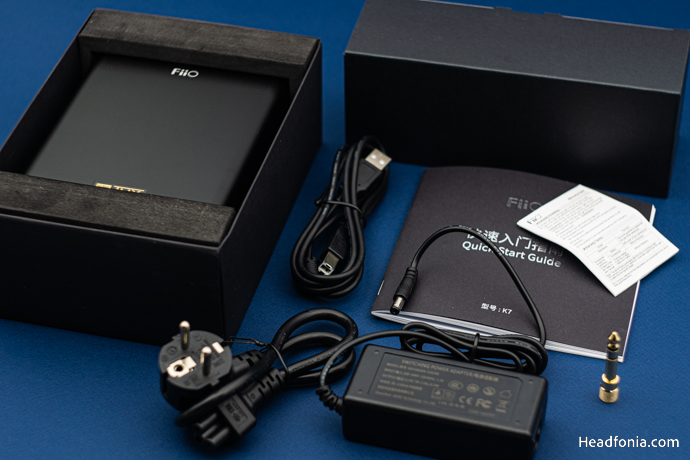
Packaging & Accessories
The K7 comes in FiiO’s new packaging, covered with a coating that gives it a kind of rainbow effect. The package looks nice and is appealing to the eye. It’s not too flashy thanks to the black background, but it looks interesting with the device outline artwork on the front.
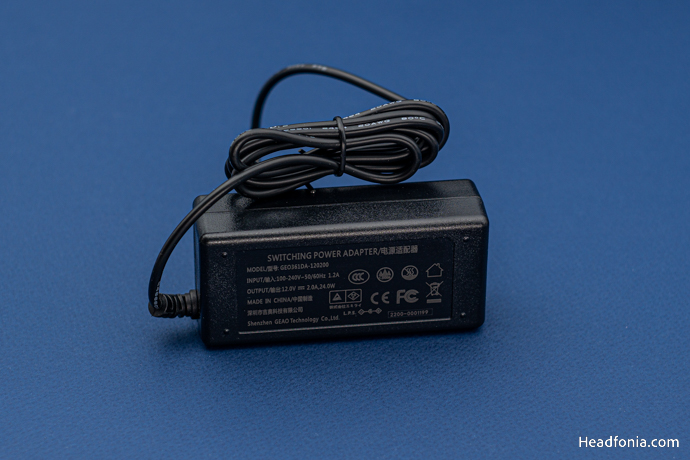
The contents are neatly packed and the device is held by a foam and rigid cardboard compartment to protect it from damage during transportation. Right next to this compartment is a rectangular box with accessories and the adapter inside. We see a detachable C5 cable and a relatively small switching power adapter with a 12v barrel connector on the other end. There’s also a manual, a warranty card, a gold-plated 6.35mm to 3.5mm converter, and a shielded USB cable with a small ferrite bead. The accessories are as expected, with FiiO providing the basics.
Design & Build Quality
Measuring 12 x 16.8 x 5.5 centimetres, we can say that the K7 is “compact” for an all-in-one device. Let’s take a closer look at what FiiO has changed and improved with the K7.
First of all, we see a changed and improved front panel. Compared to K5Pro, the input lever has been removed and replaced by a low-profile button. There are 2 switch levers right next to the input button. One is responsible for controlling the gain and one for changing the active output. There are 4 white LEDs above this area and these LEDs light according to the active input. Although FiiO seems to have left the design of the volume wheel in the center untouched, the frame that surrounds the wheel and allows the LEDs to light up more softly, has changed. RGB LEDs are now used here and they emit a softer light compared to K5Pro. Which looks and glows much better, especially in a dimly lit room. On the right side of the panel are the PO and BAL headphone outputs, one on top of the other.
The rest of the I/O options are located on the rear panel of the device. Here we see RCA Line In, RCA Pre/Line Out, Coax, Optical, and USB inputs. Power is supplied via a 12V barrel socket. Overall, the layout is quite simple and straightforward. It won’t be hard to learn your way around this DAC & AMP.
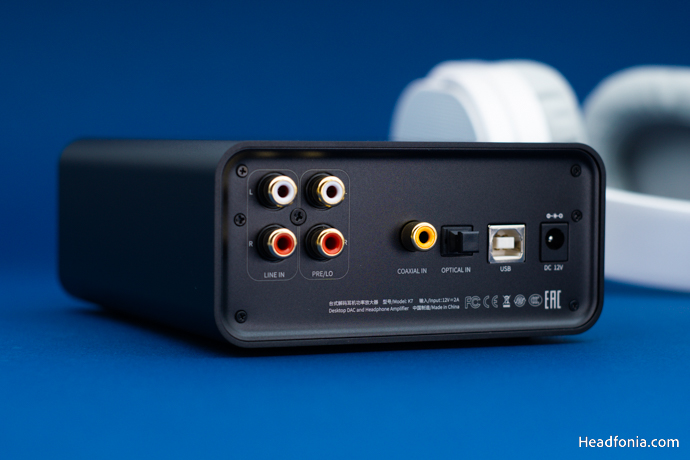
I like the centered volume wheel and the light ring around it. It looks great in my opinion. The volume wheel also works as a power/off button. Practical, simple. The color of the K7 looks grey in some of FiiO’s concept images, but in reality, it’s more black than grey. The anodized metallic paint feels premium and the texture is the same as the K9 Pro ESS. The aluminum chassis and sockets also feel very solid. The K7 is built very well and it will likely last a very long time. FiiO has been quite consistent with the build quality of their devices over the years.
Features, Technology & Power
We finally have a completely redesigned audio PCB compared to the K5Pro. In my review of the K5Pro, I mentioned that FiiO should be doing its best to keep up with smaller but ambitious companies. With the K7, FiiO has lived up to my expectations and made a very competitive device for the desktop market. FiiO K7 utilizes dual DACs from AKM and dual THX 788+ modules that we’ve tested on the K9 Pro ESS. The 4493SEQ is a premium-tier DAC chip and using dual DACs in this price bracket is quite rare. The K7 features a balanced architecture and MCU-controlled volume through dual NJU72315s. I noticed that the channel balance is improved compared to the K5Pro, especially at extremely low volume levels, but I also noticed that there is a slight delay when adjusting the volume. While searching for the reason for this latency, I found the answer on FiiO’s FAQ page for the K7.
According to FiiO, when adjusting the volume of the K7, the built-in MCU detects the rotation of the knob and puts it through a series of processes. Rotating the knob-> MCU sensing and anti-shake processing-> converting it to a value-> sending volume adjustment instructions to the electronic volume chip-> changing the volume. Although this process works very fast, it causes a small delay due to the MCU implemented in this device as it needs to add error correction measures to get a stable processing outcome every time.
Let’s take a closer look at the features of the device. The device uses the integrated XMOS XU208 USB controller. We have tested this controller on several devices in different price brackets and verified that it is a reliable option. The K7 can natively decode up to 32-bit 768kHz PCM and DSD up to 256. It also offers OTG support for Android phones and compatibility with Apple phones which run iOS 11 and higher. The XU208 also allows FiiO to release firmware updates in the future. Keep an eye on FiiO’s downloads page for such updates. The device supports Thesycon drivers on Windows but can run driverless on macOS, Android, and iOS.
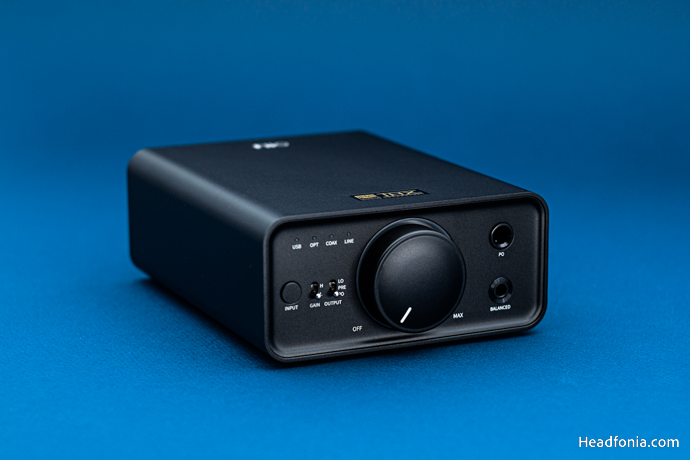
The ring of lights around the volume wheel features RGB LEDs and the device switches on and off with colorful light effects. During operation, the ring changes color according to the sample rate of the active playback. FiiO K7 only comes with single-ended LOs and honestly, I would have liked to see balanced XLR or balanced TRS outputs here because there is a pretty good DAC chip pair inside the device, but the balanced output is only available through the 4.4mm port on the front panel. Of course, the fact that FiiO is offering a technically superior device with the same price tag as the previous gen is quite great and I am not going to overlook that. The K7 utilizes a fully balanced architecture and offers more power, better specs compared to the K5Pro and that is downright awesome. It is especially great if you are looking for a DAC & AMP for your IEMs or headphones. I believe the K7 is one of the most logical options in this price range.
As for power, the K7 uses two THX 788+ amplifier modules, which we have seen in the FiiO’s higher-end K9 Pro ESS DAC & AMP. Some of you may have noticed that these modules deliver less power on the K7, which FiiO explains is due to the power consumed and heat generated by the modules. As a K9 Pro ESS user, I think this optimization was a good decision. During operation, the K7 is warm to the touch but not uncomfortably hot. The K7 can dish out 1.2 watts of power to a 32-ohm load via its SE output and it can dish out 2 watts of power via the balanced HPO. 560mW of power into a 300-ohm load means that it has plenty of power to drive nearly every single planar or dynamic headphone on the market.
Page 1: FiiO, K7, Packaging & Accessories, Design & Build Quality, Features, Power & Technology
Page 2: DAC Performance, DAC & AMP Performance, Comparisons, Last Words







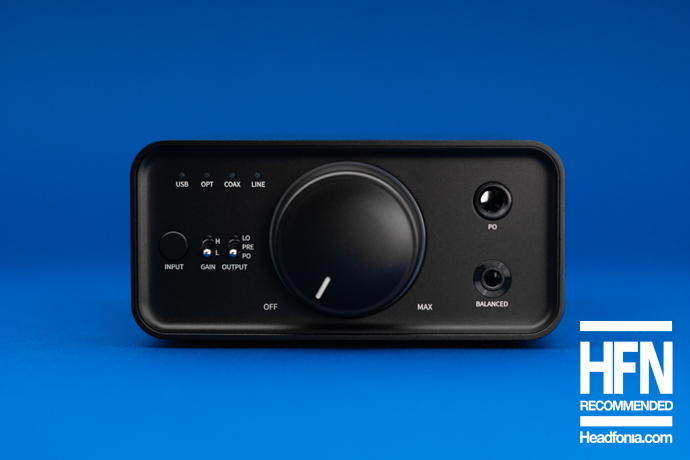
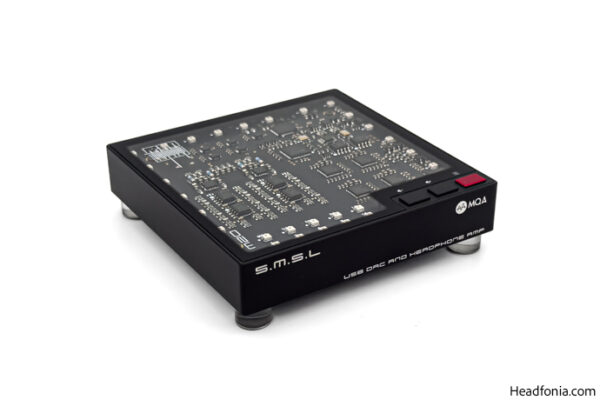
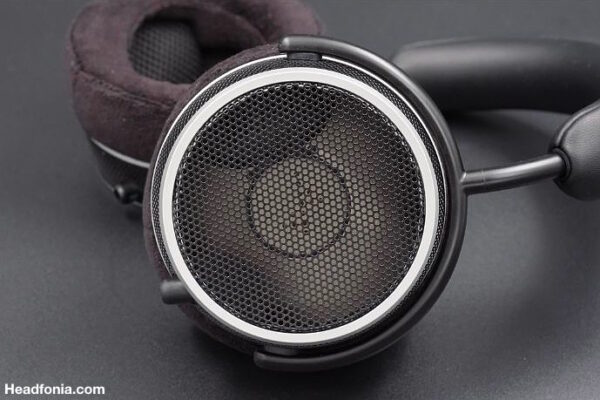
jax
I’m grateful because you compared the K7 with the DX3PRO+ topping, could you tell me how it goes compared to SMSL C200? I’m looking for the right partner for Monolith M1060C(dac/amp)
Yagiz
Unfortunately I haven’t heard the C200.
Seo
I plan to pick up the Edition XS this Christmas season along with a nice dac/amp. I have been leaning towards the K7 so far but am a bit more open to other options as well within ~300 dollars US.
Would you say that there’s a better pairing for the Edition XS within that price range?
Yagiz
Not really, no.
Yagiz
For 200-300 bucks, this is the best there is along with DX3Pro+. For a bit more, you could get the Topping DX5
Cheers!
Alex
Do you think 150$ is worth it for the Topping DX5 lite ? (same as DX5 but no MQA)
Tamas Vilaghy
Maybe CMs for dimensions need to be changed to MMs? 😂
Lieven
It’s once in cm, once in mm…?
Adam
How big is a difference in SQ compared to K9 Pro?
Yagiz
Quite a lot, I would say. The K9 Pro ESS is one of the three most impressive DACs I’ve heard in 2022.
Steve Markus
You recommend the K7 over the K5 Pro ESS, but if I am not going to use the balanced output for my HD6xx and really want a remote control, other than a bit of headroom, what am I giving up if I buy the K5?
zidane
thank you for the information
Yagiz
Thanks for reading Zidane.
Shawn
Would like to know how much difference the soundstage between K7 & DX3PRO+. Recently got K7 but realized that I won’t be able to get a balanced headphone anytime soon (Currently using an AKG K712 Pro), so it feels like a waste.
Also gaming is part of my concern, so I’m wondering if I should return it and get DX3PRO+ instead.
Thank you.
Yagiz
If you’ll not be going balanced anytime soon, I’d get the DX3Pro+.
Shawn
Thanks for your response!
carlos
The most obvious comparison, given its price, is the topping e50. So, soundwise, which one is best, the e50 or k7?
Yagiz
No, it’s not the most obvious comparison, because one of the products is only a DAC and the other is both a DAC and an AMP. If you’re only going to use it as a DAC and you can use it balanced, I would recommend the E50. (TRS to XLR)
If you’re going to use it as a DAC-Amp for your headphones etc. and have balanced cables, you can get the K7.
carlos
Thanks!
Going to use as a dac only for speaker system (not balanced).
Tony Yan
How is this k7 compared to l30 e30 mk2 combo? I’ve been eyeing k7 to pair with my edition xs but since l30ii has more power I may decide to go with the topping combo. Am I wrong?
Ashok Bira Mane
Yess